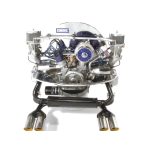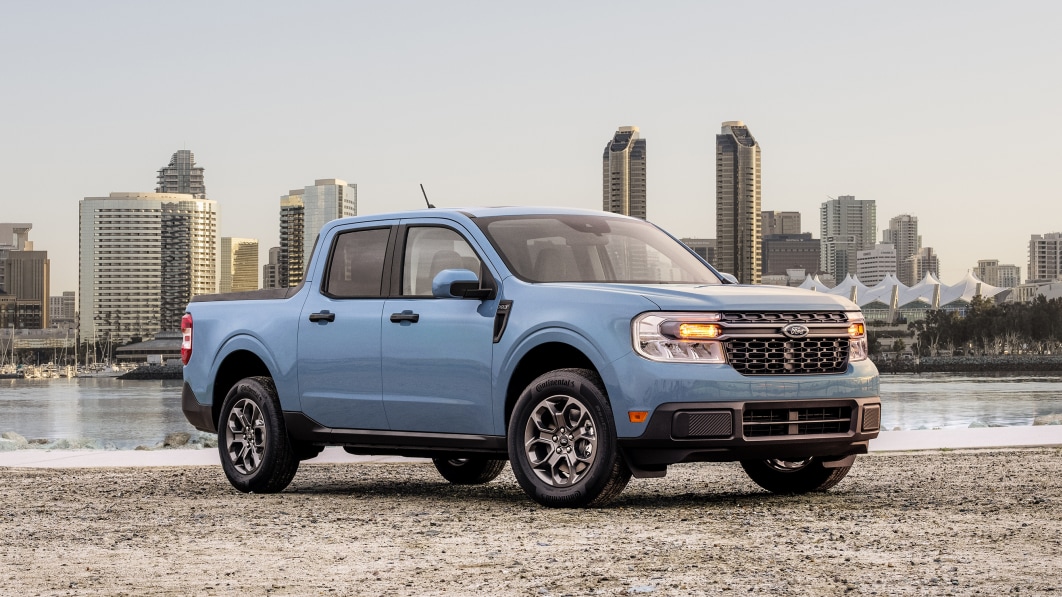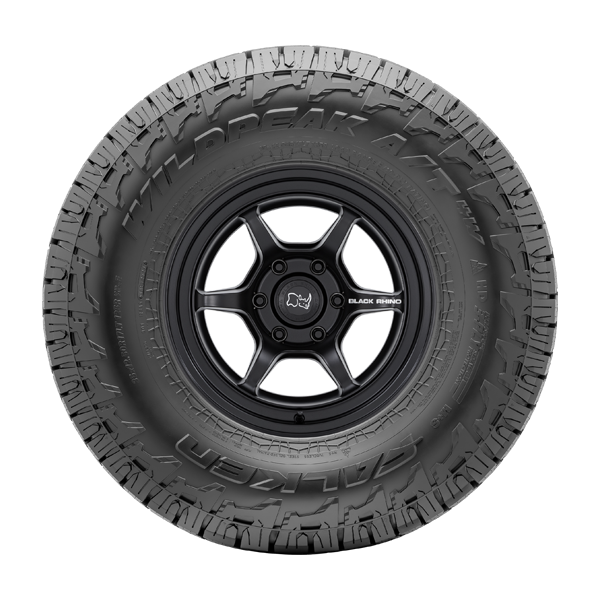The Ford Maverick, a nameplate that invokes nostalgia and admiration, stands as a testament to Ford’s legacy of creating cars that resonate deeply with American culture. Launched in the late 1960s as a response to the burgeoning compact car market, the Maverick quickly made its mark as an affordable, stylish, and versatile vehicle. Its journey from an economy car to a cherished classic showcases its considerable impact on automotive design, consumer preferences, and the collector car landscape.
Launching into the Market: The Maverick’s Debut
A Product of Its Time
The Ford Maverick debuted in 1969 as a 1970 model, entering a market ripe for economical and smaller family cars. Born out of necessity during a time of changing consumer demands and rising fuel prices, the Maverick offered a low-priced alternative to the bigger, more fuel-thirsty vehicles of its era. With its catchy name and the advertising slogan “The Simple Machine,” the Maverick appealed to a broad audience, from budget-conscious families to younger drivers.
Design and Performance
Despite its focus on economy, the Maverick did not skimp on design or performance. Its long hood and short rear deck mimicked the popular Mustang’s styling cues, and it offered several engine options, including a thrifty six-cylinder or a more powerful V8, providing a balance between efficiency and fun driving experience. This combination of practicality and performance helped the Maverick carve out a unique niche in the automotive market.
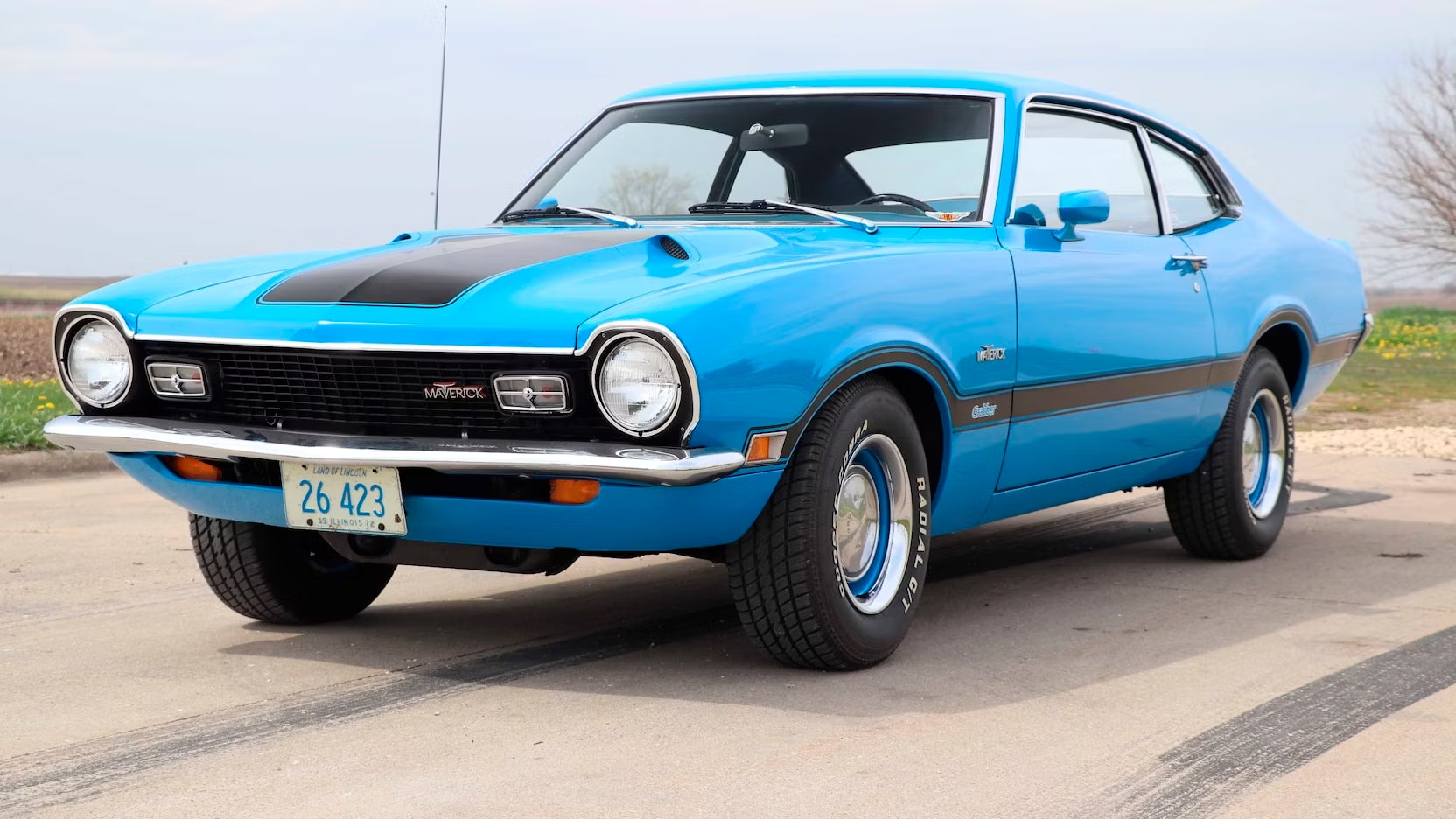
Evolution and Adaptation: The Maverick’s Journey
Responding to Consumer Needs
Over its production life, from 1970 until 1977, the Ford Maverick underwent several iterations and improvements. Ford introduced the Grabber trim package, adding sporty decals, a spoiler, and a more potent engine option, aiming to attract those looking for a more performance-oriented compact car. By evolving with the times and responding to consumer preferences for both economy and excitement, the Maverick remained competitive and beloved by a diverse group of drivers.
A Versatile Legacy
The Maverick’s adaptability extended beyond the North American market. It found a second life in various international markets, including Brazil, where it was produced until the late 1970s. There, the Maverick gained a cult following, especially the V8 models, which are highly sought after by collectors and enthusiasts to this day. This international footprint further solidified the Maverick’s legacy as a versatile and globally appreciated vehicle.
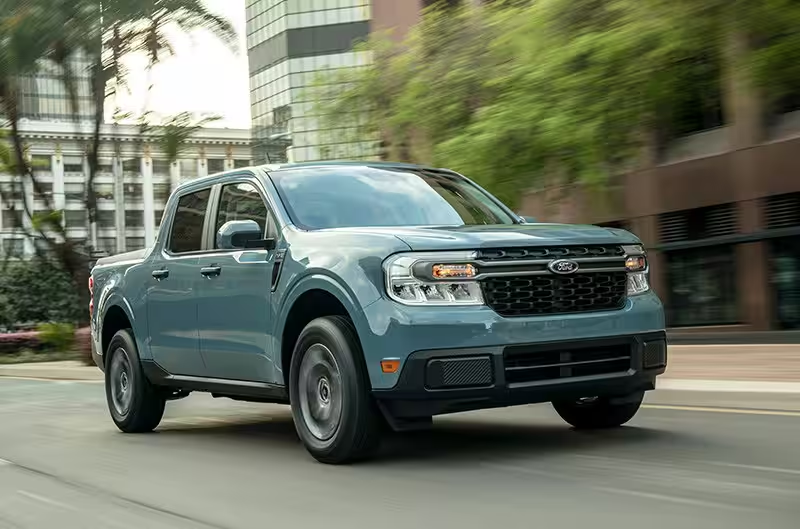
Cultural Impact: More Than Just a Car
Symbolizing a Bygone Era
The Ford Maverick holds a special place in American automotive culture, symbolizing a bygone era of car design and the automotive industry’s response to changing times. Its enduring popularity in classic car shows and among collectors underscores its significance not just as a means of transportation, but as an icon that represents ingenuity, adaptability, and the spirit of its time.
Inspiring Nostalgia and Collectibility
For many, the old Ford Maverick is a vehicle that evokes nostalgia, harking back to simpler times. Its straightforward design, along with the stories and memories it has created, contribute to its desirability among classic car enthusiasts. The demand for well-preserved or restored Mavericks is a testament to its lasting appeal and the fondness with which it is regarded by those who remember it fondly or wish to recapture a piece of automotive history.
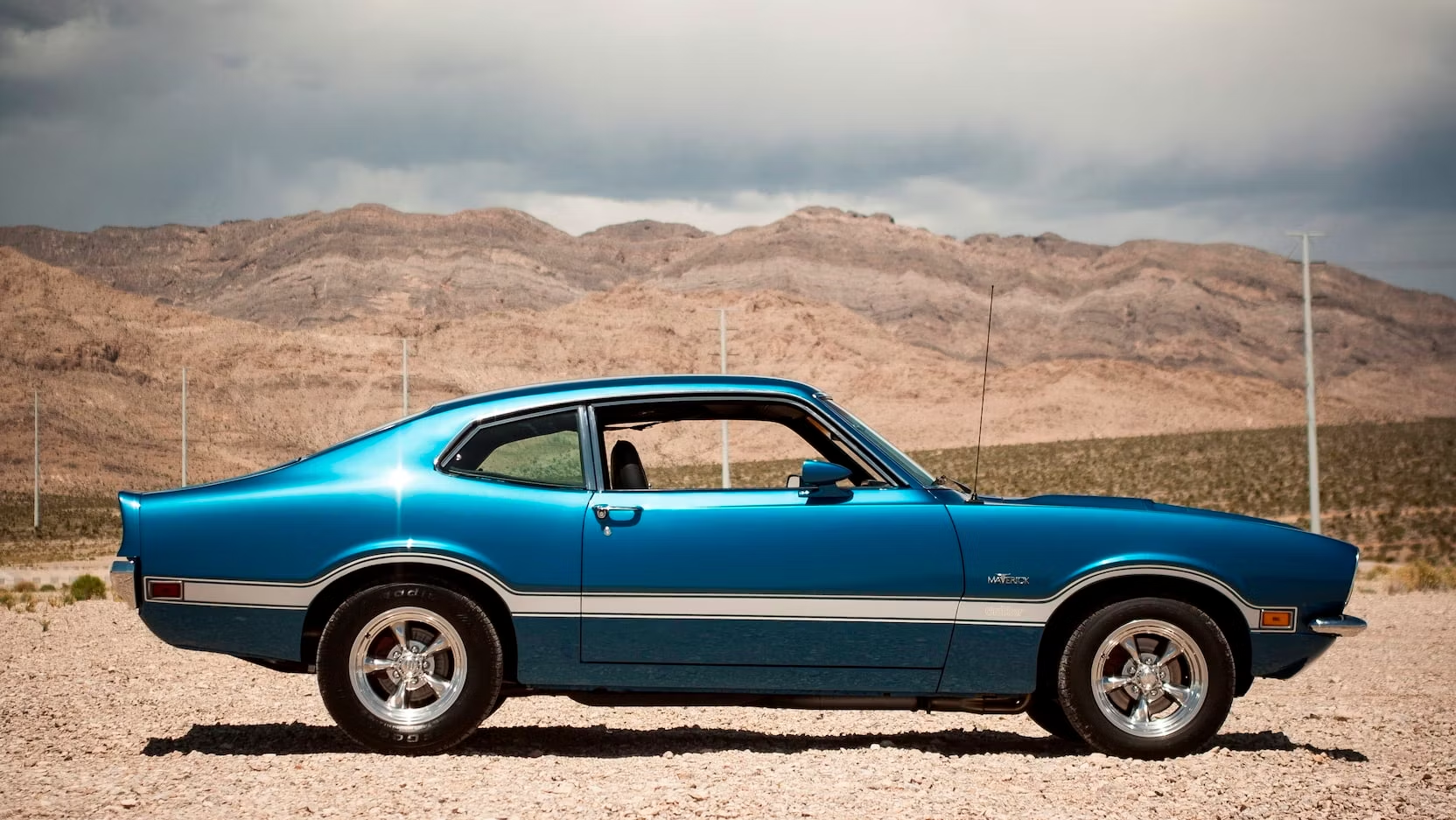
The Maverick’s Resurgence: A Modern Interpretation
Rebirth of a Classic
In a nod to its storied past, Ford revived the Maverick nameplate in 2021, applying it to a new compact pickup truck that aims to redefine utility for a modern audience. While significantly different from its namesake in form and function, the new Maverick carries forward the legacy of offering versatility, efficiency, and value to a new generation of drivers, much like the original did over fifty years ago.
Preserving the Maverick Spirit
By reincarnating the Maverick name, Ford pays homage to the original car’s spirit, blending tradition with innovation. The modern Maverick’s focus on practicality, fuel efficiency, and affordability mirrors the qualities that made the old Maverick a hit. It demonstrates Ford’s ongoing commitment to adapting to consumer needs while respecting its heritage, ensuring that the Maverick legacy endures in the contemporary automotive landscape.
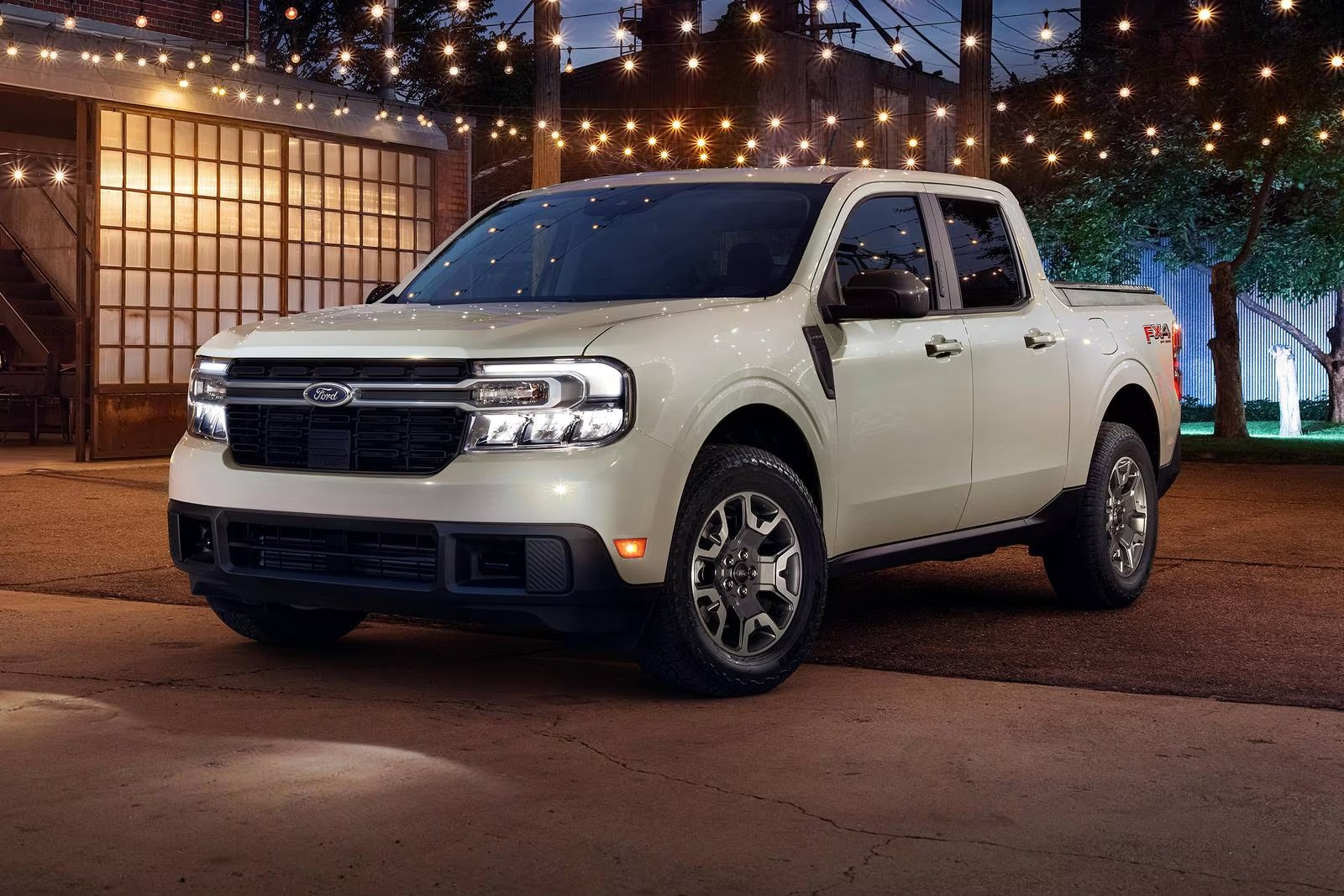
Preserving a Cult Classic: The Maverick in the Modern Era
The Ripple Effect in Modern Collecting
As vintage and classic cars gain traction in the modern era, the old Ford Maverick rides the wave of renewed interest. Amidst a burgeoning market for nostalgia, the Maverick’s appeal flourishes, fueling a subculture of restoration and preservation. Collectors and aficionados value the Maverick not only for its historical significance but also for its potential as a canvas for customizations and restomods, blending classic lines with contemporary performance enhancements.
The Sentimental Journey
The modern love affair with the Maverick also reflects a broader sentimental journey among enthusiasts who seek a tangible connection to the past. Owning and driving a vintage Maverick offers an immersive experience, a direct line to the 1970s era of automotive design. Its presence at car meetups and parades is a rolling tribute to that period, capturing the imagination of both seasoned collectors and younger generations intrigued by the allure of vintage Americana.
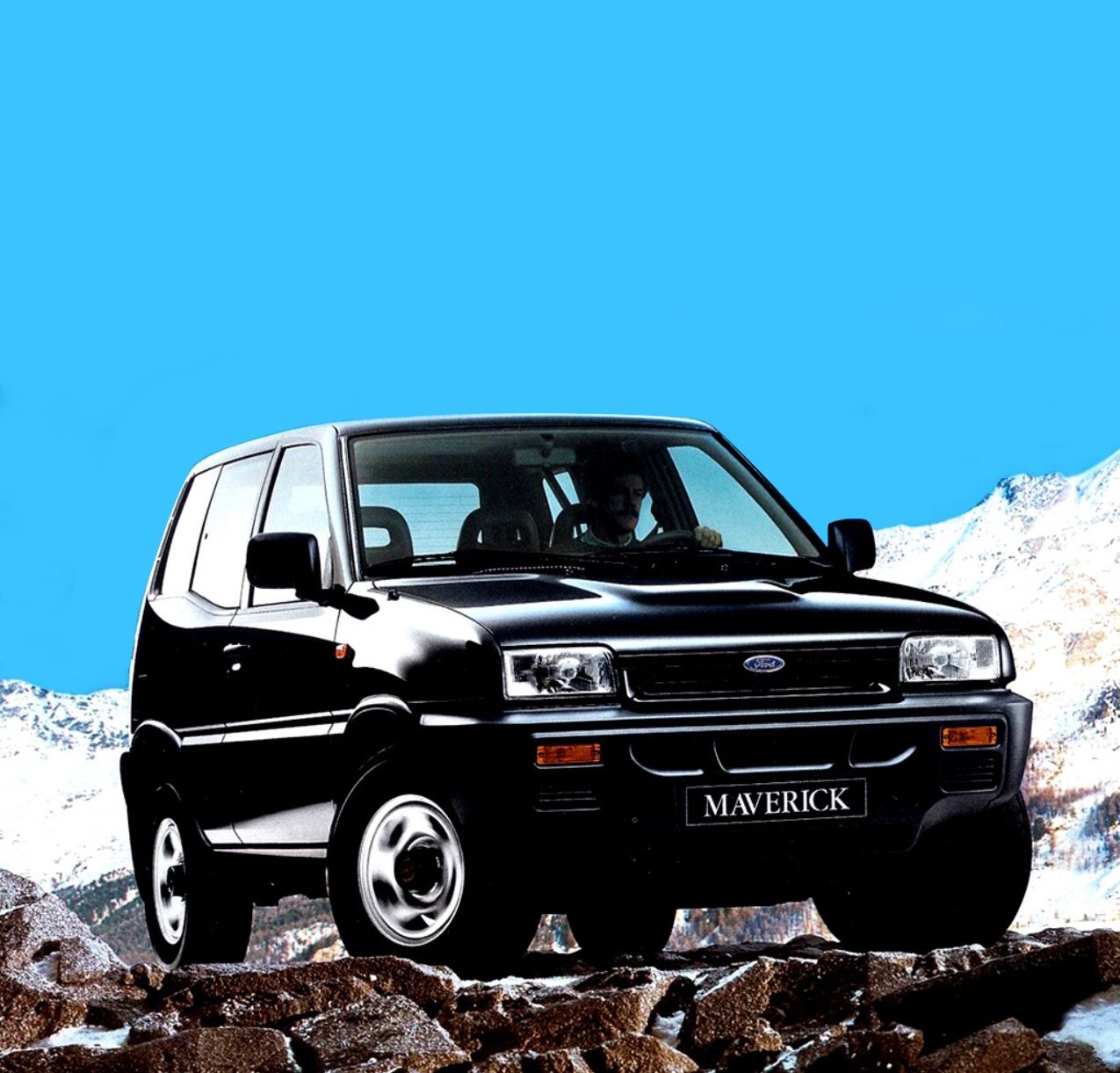
The Environmental Transition: The Maverick’s Role
Adapting to a Greener Future
The Maverick’s legacy is deeply rooted in its original era. Yet, it is relevant to today’s focus on environmental consciousness. The automotive industry is pivoting to electric vehicles and hybrids. Enthusiasts of the Maverick balance preserving tradition with embracing change. Initiatives to retrofit classic cars with electric powertrains are emerging. Such initiatives present an interesting future for the Maverick. They could transform it into a bridge between its storied past and a sustainable automotive future.
The Maverick’s Enduring Influence
A Blueprint for Success
The story of the Ford Maverick provides a blueprint for automotive success: meet the market’s needs while fostering a unique identity. This philosophy continues to influence automakers navigating today’s challenges, from economic pressures to technological disruptions. The Maverick’s embodiment of adaptability and character offers timeless lessons on how to remain relevant and revered in an ever-evolving market.
Icon of Pop Culture
As a pop culture icon, the Maverick lives on in films, music, and television. It is often used as a symbol of its era’s distinct charm. Its cinematic appearances reinforce its status as a cherished relic. These appearances evoke the zeitgeist of the days when it first hit the roads. Across various media, the Maverick’s distinct silhouette serves as shorthand. It represents an age marked by innovation and transition. This was a time of facing new realities.
A Lasting Legacy
The legacy of the old Ford Maverick car is multi-faceted. It impacts automotive design, culture, and international markets. The Maverick represents a pivotal moment in Ford’s history. Responding to change, Ford created a vehicle that captured the zeitgeist of its era. The Maverick’s evolution reflects its cultural significance. Its enduring appeal as a classic car highlights its importance. This importance is in the tapestry of American automotive history.





